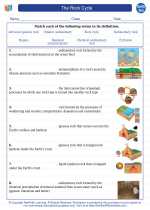River Erosion
River erosion is the process by which running water, usually in the form of a river, wears away the Earth's surface. This can happen through several different processes, including hydraulic action, abrasion, attrition, and solution.
Hydraulic Action
This is the force of the water itself against the riverbanks and bed. The pressure of the water can cause air to become trapped in cracks and crevices, leading to erosion.
Abrasion
This is the process by which the river's load of sediment wears away the riverbanks and bed as it is transported downstream. The sediment acts like sandpaper, gradually wearing down the rock.
Attrition
This occurs when the sediment being carried by the river collides with other pieces of sediment, causing them to break and become smaller and more rounded in shape.
Solution
This is the process by which certain types of rocks, such as limestone, are dissolved by the acidic water in the river.
Study Guide
What are the main processes of river erosion?
The main processes of river erosion are hydraulic action, abrasion, attrition, and solution.
How does hydraulic action contribute to river erosion?
Hydraulic action is the force of the water itself against the riverbanks and bed. The pressure of the water can cause air to become trapped in cracks and crevices, leading to erosion.
What is attrition in the context of river erosion?
Attrition occurs when the sediment being carried by the river collides with other pieces of sediment, causing them to break and become smaller and more rounded in shape.
Give an example of a type of rock that can be eroded by the process of solution.
Limestone is a type of rock that can be eroded by the process of solution. The acidic water in the river can dissolve the limestone over time.
.◂Earth Science Worksheets and Study Guides High School. The Rock Cycle
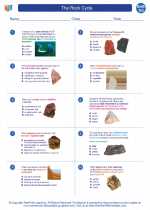
 Worksheet/Answer key
Worksheet/Answer key
 Worksheet/Answer key
Worksheet/Answer key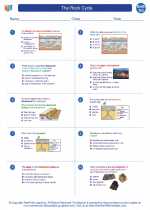
 Worksheet/Answer key
Worksheet/Answer key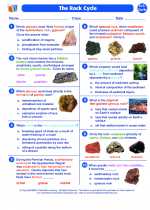
 Vocabulary/Answer key
Vocabulary/Answer key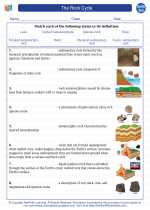
 Vocabulary/Answer key
Vocabulary/Answer key
 Vocabulary/Answer key
Vocabulary/Answer key